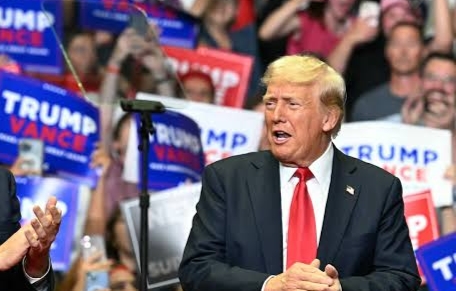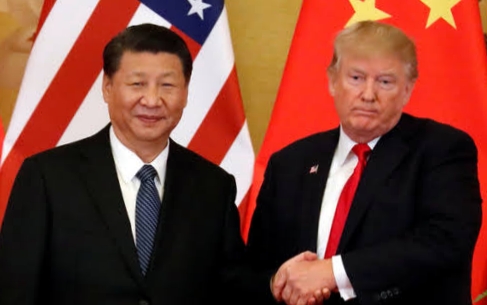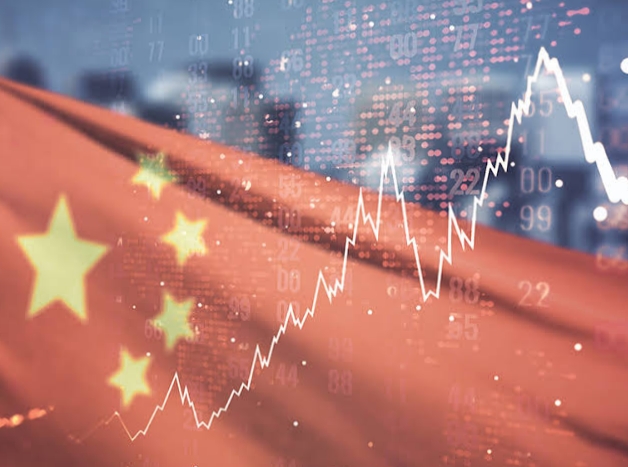INTERNEWSTIMES.COM Trump’s Trade War 2.0: Allies in the Line of Fire
In a dramatic escalation of his trade war rhetoric, Donald Trump has shifted his sights beyond China, now targeting some of America’s closest allies with threats of tariffs. This aggressive stance, a stark
departure from traditional U.S. trade policy, has sent shockwaves through the global economy and raised concerns about a potential trade war on multiple fronts.

Trump’s “America First” agenda, on full display during his latest campaign rallies, has morphed into a “tariff everything” approach. He has pledged to build upon his first-term policies, imposing tariffs not just on goods from China, but also from European and Asian partners. His proposed blanket tariffs, reaching as high as 20% on imports from all countries, have left many businesses and policymakers on edge.
Trump’s rhetoric has been particularly pointed towards U.S. allies, whom he accuses of “free-riding” on American military protection while engaging in unfair trade practices. He has singled out Taiwan and Japan, suggesting they are ripe for tariffs, and even accused Taiwan of taking “about 100%” of U.S. chip business.
Experts warn that Trump’s aggressive trade policies could backfire, triggering retaliatory measures from U.S. trade partners and escalating trade disputes. This could lead to a domino effect of economic damage, potentially pushing the global economy into a recession.
Trump’s proposed solutions for revitalizing American manufacturing, including tax cuts, special economic zones, and tax credits for companies relocating to the U.S., are met with skepticism by many economists. They argue that these measures are unlikely to offset the complexities of global supply chains and higher labor costs in the U.S., making it difficult to bring back manufacturing jobs on a large scale.
Mainstream economists have consistently argued that Trump’s tariffs would ultimately harm American consumers and businesses, leading to higher prices and reduced competitiveness. They also point out that Trump’s approach represents a significant break from long-standing U.S. trade policy and mainstream economic thinking, potentially jeopardizing decades of progress in fostering global trade and cooperation.
The current Biden administration has taken a more nuanced approach to trade, focusing on collaborative efforts with allies to address trade concerns. Trump’s return to a more aggressive, unilateral approach could disrupt established trade relationships and jeopardize the global economy. The upcoming election will be a defining moment for American trade policy, as voters decide whether to embrace Trump’s confrontational approach or support a more collaborative and multilateral path forward. (Red)























